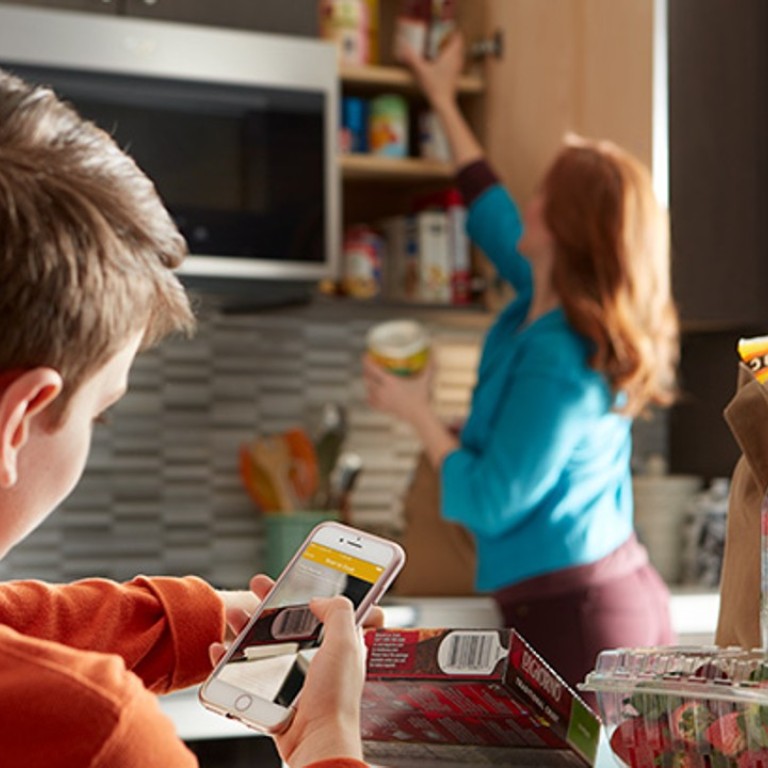
Smart kitchens are removing the separation between living, eating and cooking
In addition to the range of smart appliances available to help streamline your culinary creativity, new approaches to kitchen design are enabling harmonious and flowing transitions to the living room
Its design should fit like a tailored suit – matching perfectly with those who use it. Style-wise, there “are no rights and wrongs”, says André Backemeier, director of marketing and design at Poggenpohl. But for a dream kitchen to sate even the most discerning domestic master chefs, it “must fulfil all of the functional criteria in addition to its attractive visuals”.
According to Ingo Sigler, interior designer at Leicht, timelessly elegant and durable kitchen systems can form the heart of holistic interior planning.
“Ideal kitchens are designed to enable harmonious and flowing transition to the living room, guided by the kitchen architecture, material and colour,” he says.
The initial planning should encompass task-based grouping of work areas – such as a stand-alone solution for preparing, washing up and cooking in one, opposite wall-mounted cupboards with integrated additional work surface and storage space.
“Rinsing, preparing and cooking should be close together,” Sigler says. “If the cooking island also offers seating, this is ideal for high-quality, modern kitchen planning.”
Plan adequately for cupboards to hold larger appliances such as washing machines, dryers, vacuum cleaners and cleaning utensils, as well as storage of wine and other beverages, advises Sigler. “Also, the room-in-a-room [or butler’s pantry] concept is in great demand.”
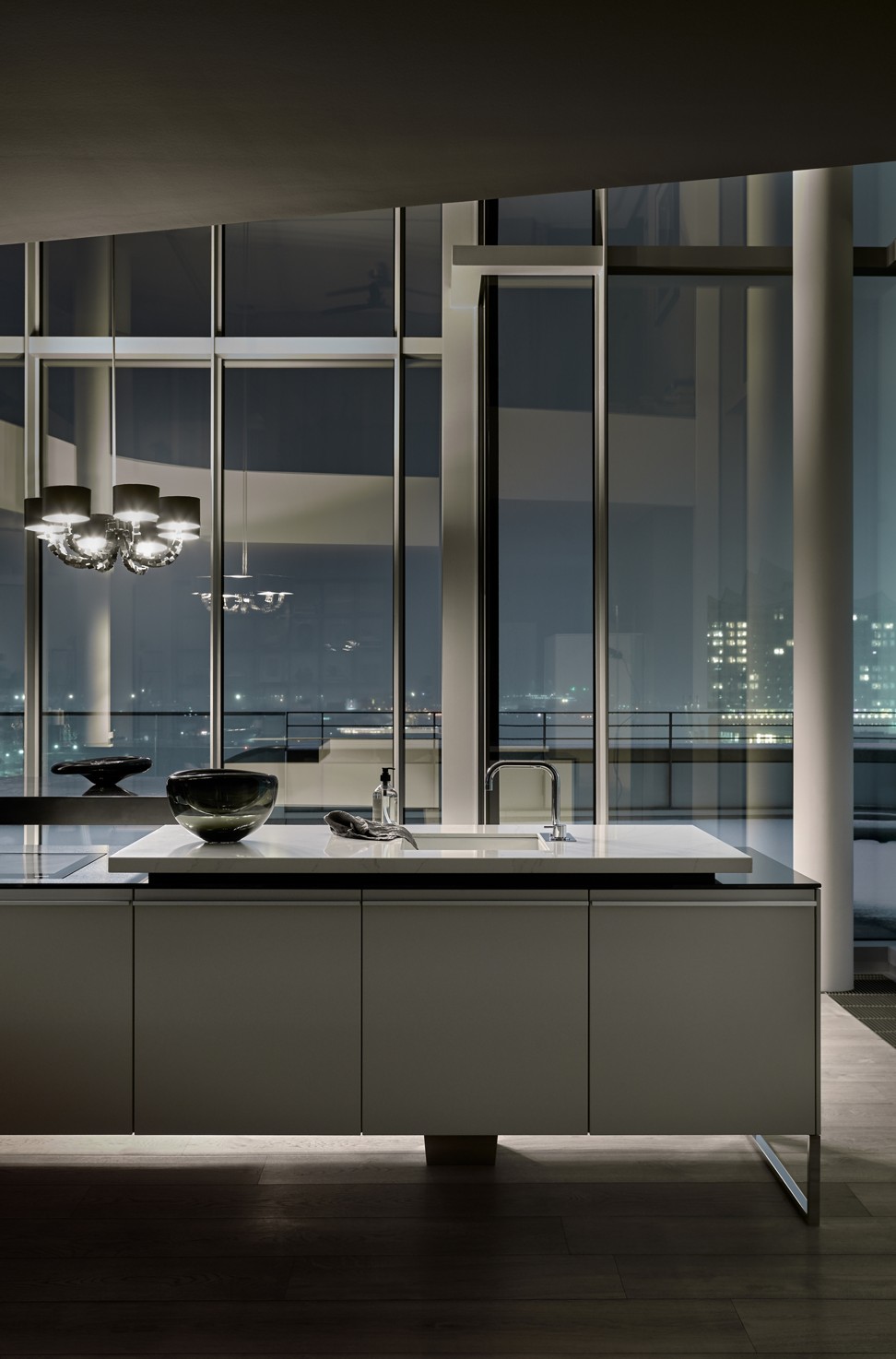
In addition to spatial planning that optimises work flow, ergonomic considerations are important. For benchtops, a working height of 50-100mm below the flexed elbows is generally recommended to avoid putting undue stress on the body, so this may vary depending on the height of the user. Italian kitchen brand Valcucine advises choosing the height of the worktop at the beginning of the design process because it determines the position of the electric sockets, the position of the wall units, and the height of the hood flue outlet.
The most important area of storage is between the hip and the shoulder, so to minimise bending and stretching, it’s advisable to keep most-used items within easy reach. Safety concerns such as potential hazards and mould prevention also need to be addressed at the planning stage.
Finishing decisions can be guided by the individual’s sense of style, with Leicht’s Sigler noting however that “the more continuous the materials of surfaces, cabinet fronts and adjoining living space are, the more generous everything seems”.
Ideal kitchens are designed to enable harmonious and flowing transition to the living room
The choice of materials for fronts and worktops is diverse: from natural wood, glass, matt and gloss varnish to concrete and sandstone-like surfaces. A contrast of light and dark is a classic for luxury kitchens, but fingerprints can be a problem on darker hues. To counter, Leicht has developed a coating with anti-fingerprint properties, which with its velvety matt surface can be the deciding factor in some purchasing decisions.
Overall, says Sigler, the aim in designing a dream kitchen should be to achieve a smooth transition from cooking to living zones, with enough space for communication and togetherness. Add “cosy elements”, such as warm, homely materials and colours – as seen in in Leicht’s new Solid range – to be on trend with an elegant and timeless kitchen look.
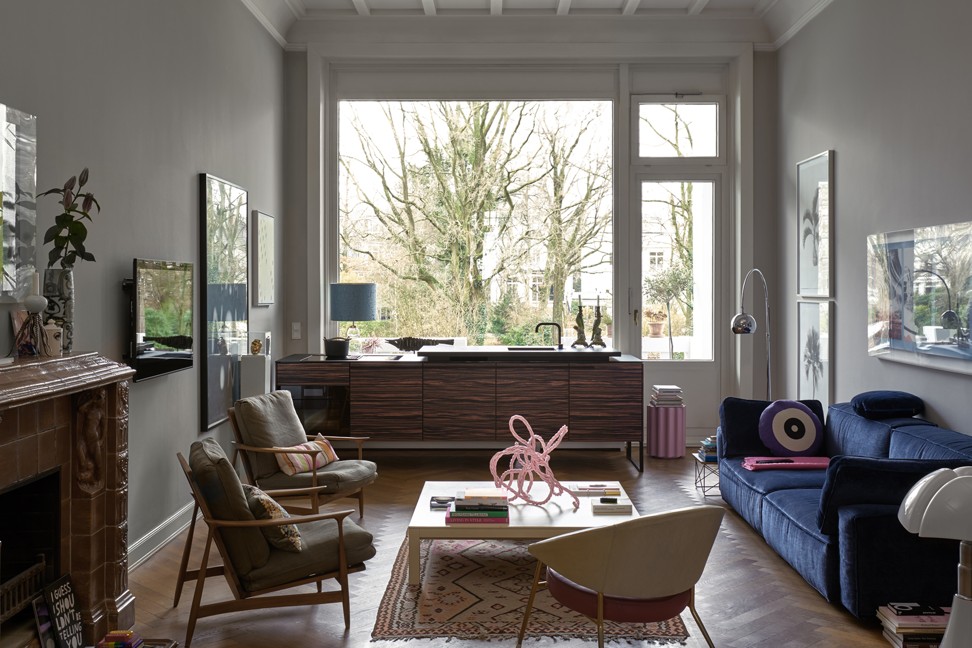
Even in higher-end modern homes, space is at a premium. Poggenpohl understands this, and has designed accordingly, says Backemeier.
“Many urban apartments are designed on an open plan basis,” he says. “There is no longer any separation between living, eating and cooking. Our design concept +Venovo was therefore developed from interior furnishings to enable its homogeneous integration into an existing, open ambience adaptable to a variety of living situations.”
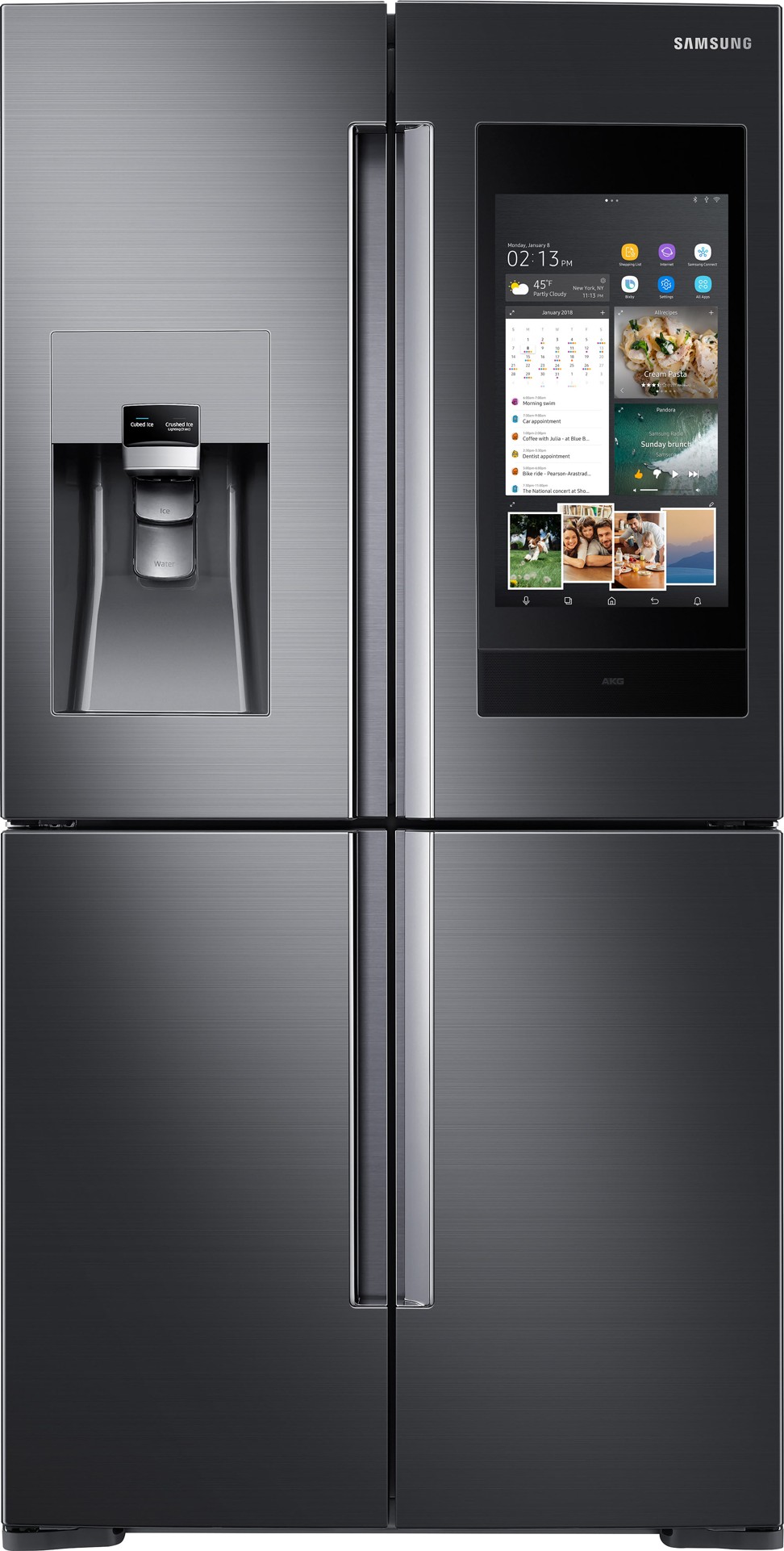
To complement a designer look, smart kitchen appliances streamline your culinary creativity.
Among the new line-up for 2018, Samsung has launched its latest Family Hub refrigerator with “a wide range of smart features that allow consumers to do what they could not do before”. These include syncing up food storage with meal preparation, keeping family members better connected and organised, and providing enhanced entertainment. Family Hub is also more intuitive and intelligent with the addition of Bixby voice control and its integration with Samsung’s SmartThings IoT ecosystem.
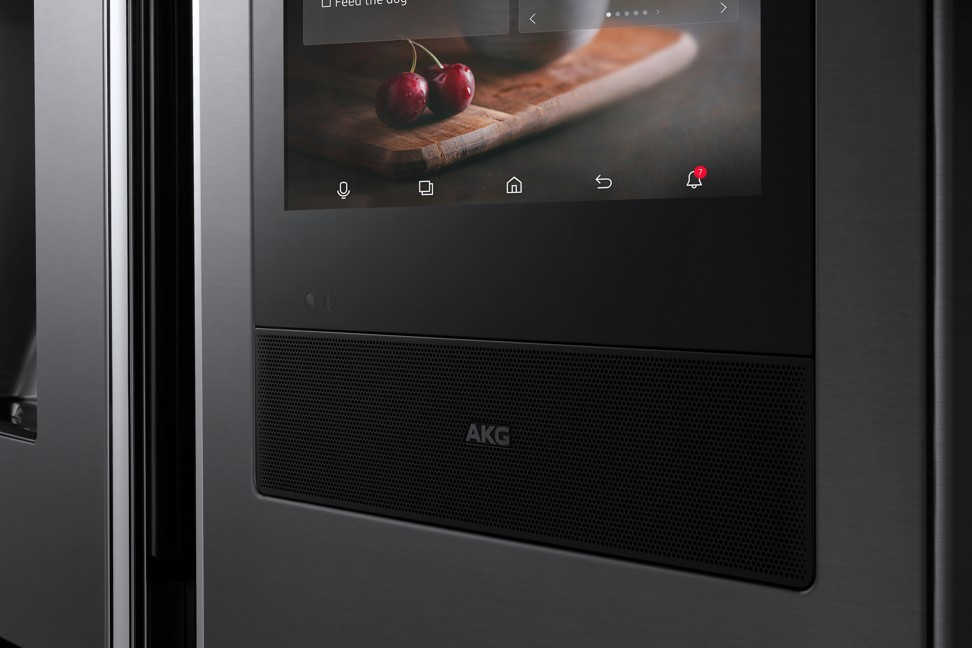
Adding to its own smart fridge, the InstaView ThinQ, LG is aiming for hands-free meal preparation and subsequent clean up with its 2018 suite of Wi-fi enabled AI appliances. The LG EasyClean oven, for instance, users can access recipe information from the app and set the preheating time and temperature. When the oven needs cleaning – made simpler by the advanced hydrophilic enamel coating – a notification is automatically sent to the homeowner’s smartphone. And the over-the-range hood and lamp switch on automatically when the cooktop is in use.
The oven sends relevant information to the connected QuadWash dishwasher, which then sets the optimal wash cycle based on the dish prepared (a longer running cycle with hotter water for a greasy dish than for a dish that’s held a light vegetable casserole, for instance).
Whirlpool’s smartest-ever microwave, (the Smart Over the Range Microwave with Scan-to-Cook technology) can be programmed by mobile app, and learns the user’s preferences over time – from what they cook, when, and how. Just select from a database of curated recipes and send the cooking instructions straight to the appliance. If you need more help, the functionality within the app can take users through a step-by-step process – including images and videos – on exactly how to prepare that item.

